 Command-Aire NC925E
Command-Aire NC925E
Entry Category: Business and Economics
 Command-Aire NC925E
Command-Aire NC925E
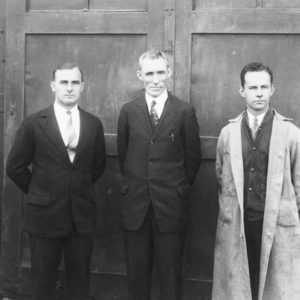 Command-Aire Personnel
Command-Aire Personnel
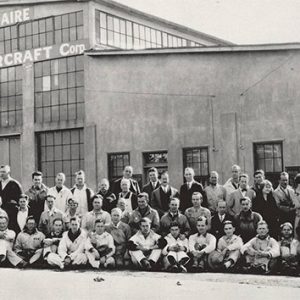 Command-Aire Staff
Command-Aire Staff
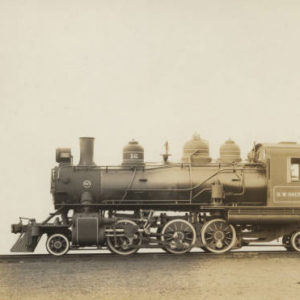 Company Locomotive
Company Locomotive
Company Towns
 Compress Loss
Compress Loss
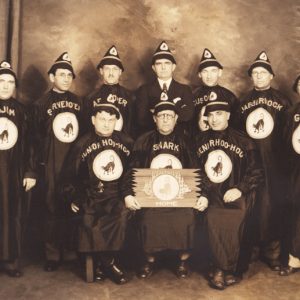 Concatenated Order of Hoo-Hoo
Concatenated Order of Hoo-Hoo
Concatenated Order of Hoo-Hoo
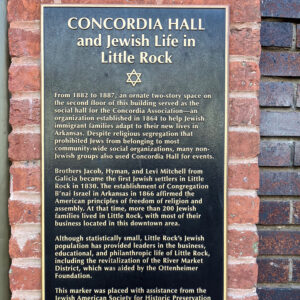 Concordia Club Sign
Concordia Club Sign
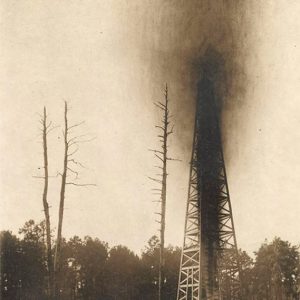 Constantin Gusher
Constantin Gusher
 Conway Laundry
Conway Laundry
Cook, Virgil Young (V. Y.)
Cooper, John Alfred, Jr.
Cooper, John Alfred, Sr.
Cordell, Carl Richey “Cotton”
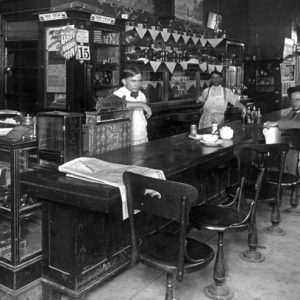 Corner Cafe
Corner Cafe
Coronado Coal Co. v. United Mine Workers of America
aka: United Mine Workers of America v. Coronado Coal Co.
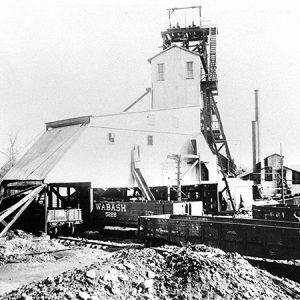 Coronado Coal Company Mine
Coronado Coal Company Mine
Cotham’s Mercantile
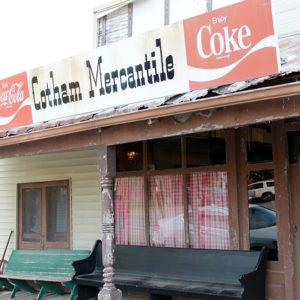 Cotham's Mercantile
Cotham's Mercantile
 Cottage Courts Historic District
Cottage Courts Historic District
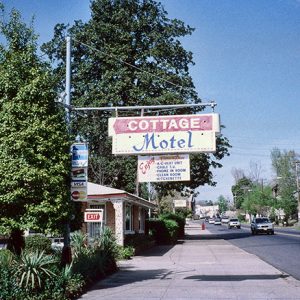 Cottage Courts Historic District
Cottage Courts Historic District
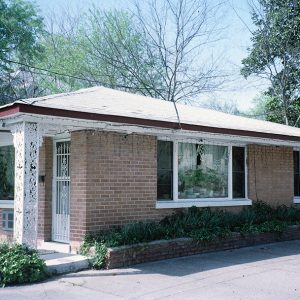 Cottage Courts Unit
Cottage Courts Unit
Cottage Courts Historic District
Cotton Industry
 Cotton Oil Plant
Cotton Oil Plant
Cotton Pickers Strike of 1891
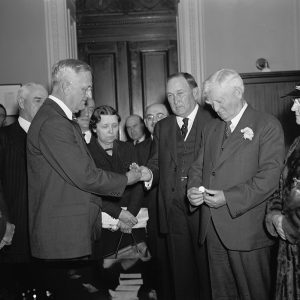 Couch in Washington
Couch in Washington
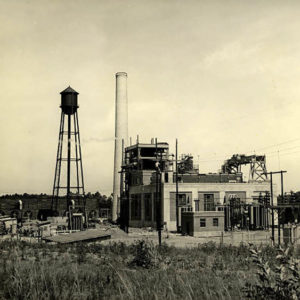 Couch Power Plant in Stamps
Couch Power Plant in Stamps
Couch, Harvey Crowley
Courier-Index (Marianna)
Cove Tourist Court
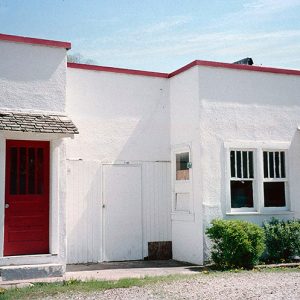 Cove Tourist Court
Cove Tourist Court
Cowie Wine Cellars
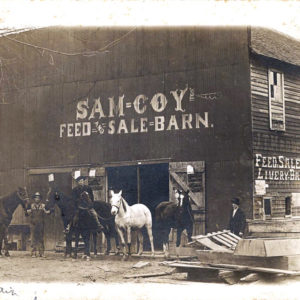 Coy Feed and Sale Barn
Coy Feed and Sale Barn
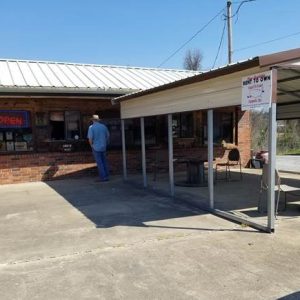 Craig's Bar-B-Q
Craig's Bar-B-Q
 Craig's Bar-B-Q Ad
Craig's Bar-B-Q Ad
 Crescent Hotel Menu
Crescent Hotel Menu
 Crittenden Lumber Co.
Crittenden Lumber Co.
Cromwell Architects Engineers, Inc.
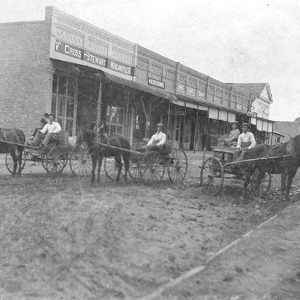 Cross Stewart Mercantile
Cross Stewart Mercantile
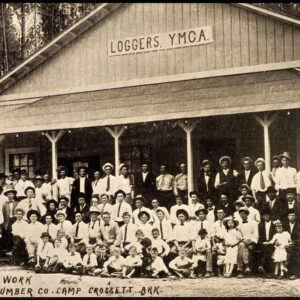 Crossett Loggers
Crossett Loggers
Crossett Lumber Company
 Crossett Mill
Crossett Mill
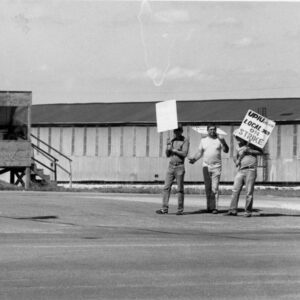 Crossett Strike
Crossett Strike




